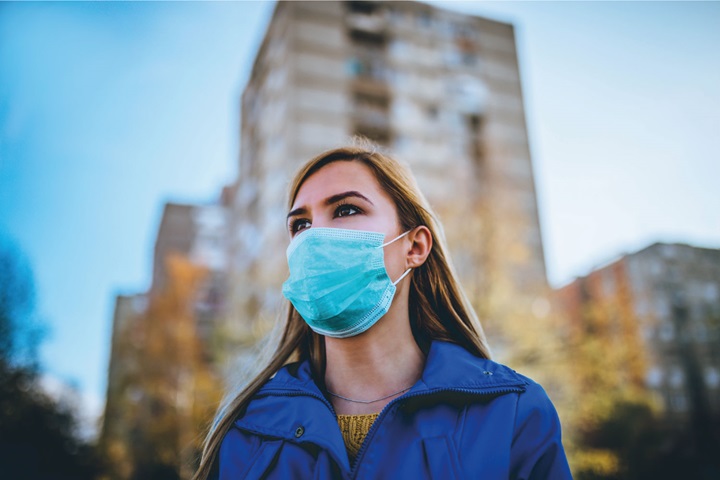For marketers trying to help their companies survive the current crisis, one of the biggest challenges is figuring out how, when and where they should – or shouldn’t – be advertising. From decisions about media effectiveness to understanding how people currently feel about advertising, the current climate has sparked a lot of uncertainty. One of the things I’m being asked about most is a broader question about touchpoints – which ones should advertisers be focusing on now?
It’s now even more crucial to understand how marketing investment can be best deployed across paid-for media channels and other touchpoints. Brands need to consider channel choice as well as the benefits of channel synergies (where channels used together can have a disproportionate impact on brand) - the approach will be the same, but for many brands the execution may look different for the next few months.
During this crisis, investment in sponsorship, OOH and cinema are declining. In-home consumption of TV, radio, podcasts, streaming services, online and social will increase – but advertisers should carefully consider any placement alongside COVID-19 content to make sure it’s appropriate. Some brands are using high impact full-page newspaper advertising and prime-time TV with new executions, focussing on their customer policies and support. Others have donated their OOH sites to public services.
But there will not only be shifts only in paid-for media. It is important to understand the role of different consumer touchpoints in a fast-changing environment. For example, consumers are likely to place much greater importance on ‘owned’ media channels, in-store messages, online advice, and digital assistants.
Brands are also reassessing other touchpoints, for example by prioritising vulnerable customers within their overloaded ecommerce systems, or redeploying store staff to work on helplines or fulfilling website orders.
A recent meta-analysis of our CrossMedia studies shows that some combinations of channels have stronger synergies than others. For example, we know that TV and OOH, TV and Facebook, and TV and online video have the highest synergies. Too much investment in any single channel is known to reduce effectiveness, so it makes sense to combine channels to generate additional ROI. And campaigns where creatives are integrated across media but are customised to each platform increase ROI by 57%.
We also know from our Connect touchpoint studies that 25% of the touchpoints contribute to 75% of the brand impact, so it makes sense to ensure you have the right mix for your brand and understand what your competitors are doing.This is as true in a crisis as it has ever been.
Many brands will need to prioritise where advertising opportunities are restricted. For example, a personal care brand in Latam recently learned that their top three touchpoints were product experience, friends and family recommendations and packaging, which led them to revise their investment approach in subsequent campaigns.
At the same time, the dynamics of many categories are being turned on their head with reduced movement of people and the restricted availability of products, so brands should seek to understand the “new normal” touchpoints that matter, for example store staff or app usage, and use them responsibly in the short term and the longer term.


